Flashback to an episode of Factor Ciencia filmed in 2023 at the Escuela Superior de Cómputo in Mexico City, where researchers shared a playful yet powerful way to teach complex systems—with Cubelets robot blocks. The lab’s team, led by Dr. Genaro Juárez, uses modular robots to model how simple rules can lead to surprisingly complex outcomes (Minute 7:00-11:20).
Their experiment? Mimicking the early movements of a baby octopus.
With just three Cubelets—a Battery Cubelet for power, a Drive Cubelet for movement, and a Flashlight Cubelet to glow with presence—students can watch as simple actions spark emergent behaviors. One Cubelet makes the robot move, another signals its existence, and together they form the foundation for something greater. When multiple Cubelet-based robots interact, patterns emerge: random walks transform into collective behaviors, self-organization takes shape, and new “organisms” are formed.
The brilliance of this demonstration is that it shows how complex systems don’t require complicated parts. Instead, they arise from simple interactions. Whether we’re studying the spread of a virus, migration patterns, or even daily traffic flow, the same lesson applies: complexity grows from simplicity.
For educators, Cubelets offer a tangible way to guide students through these big ideas. By starting with small builds and gradually scaling up to group experiments, students can:
Like a baby octopus learning to swim, the journey begins with small movements that lead to surprising complexity. And with Cubelets, students don’t just read about these systems—they build them, explore them, and watch them evolve before their eyes.
Alongside their robotics experiments, the lab also created Mexico’s first computer science museum. As Dr. Juárez explains, the country had never had a dedicated museum for computing. Years prior, Harold V. McIntosh built one, but after his passing, it disappeared.
To preserve this history, the lab collected artifacts that showcase the evolution of technology—everything from floppy disks, operating systems, and circuit boards to vintage mobile phones, cassette tapes, early CPUs, projectors, and even old robots and toys. Each donated item contributes to a living archive of computer science, and contributors are honored on the museum’s list of supporters.
The Cubelets experiments and the museum share a common theme: both remind us that innovation builds on the past. Just as simple Cubelets combine to form complex systems, generations of devices—from floppy disks to smartphones—combine to tell the story of human ingenuity.
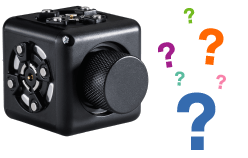
Cubelets FAQs is your place to find answers to common questions about Cubelets robot blocks, orders, and Modular Robotics.
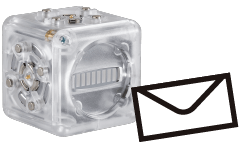
Need help, can't find an answer? Contact the Modular Robotics support team and we'll help you!
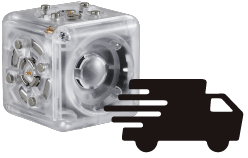
Get the details on Modular Robotics shipping policies and sales tax collection for orders in the United States and around the world.
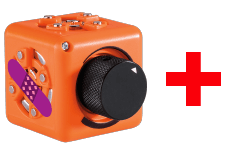
Cubelets are backed by a one year warranty. Need to make a claim, get a replacement, or have questions? Click to get started.
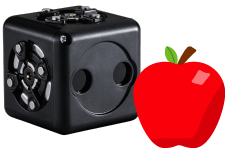
Explore a huge collection of K-12 lessons, activities, guides, training, and more.
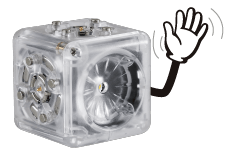
Learn everything you need to know to start creating more with Cubelets robot blocks in this handy Getting Started Guide.

Go beyond the building blocks and play with the code inside. Cubelets apps make it easy to create even more with your Cubelets.
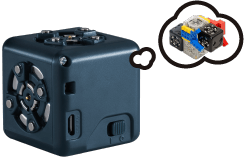
There are millions of robots you can create with Cubelets. Check out these robots to help inspire your inventions.
Cubelets robot blocks are used by educators all around the world to help students explore computational thinking, coding, and STEM.
Bring home the educational teaching tool loved by teachers everywhere. Explore sets designed for learning through play.